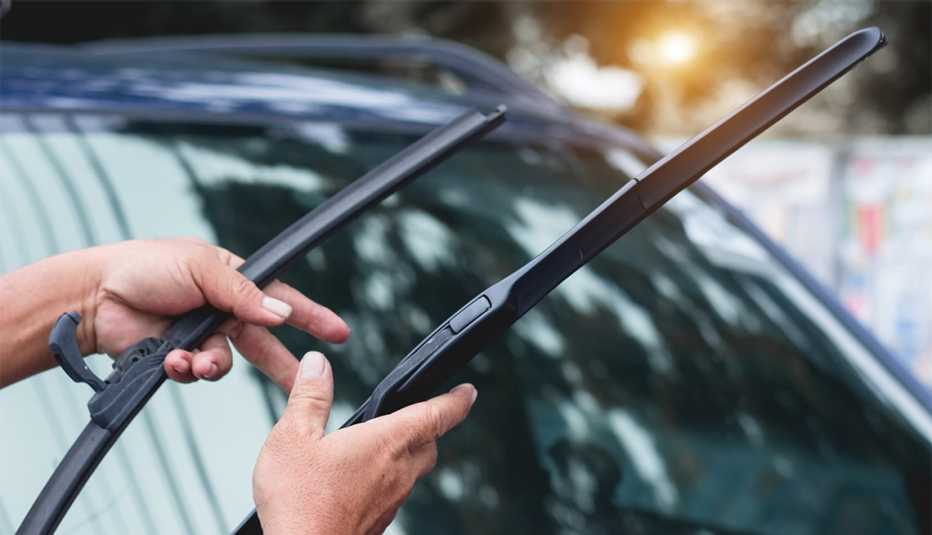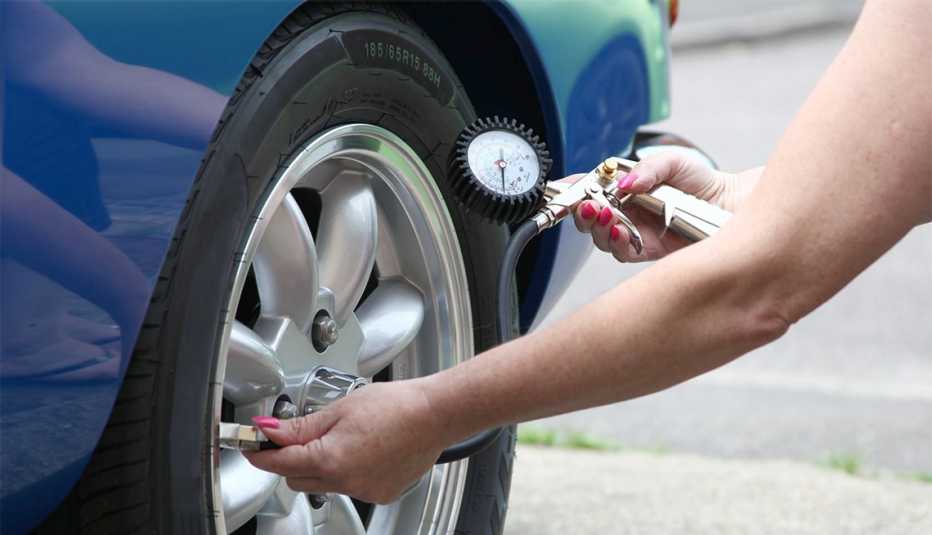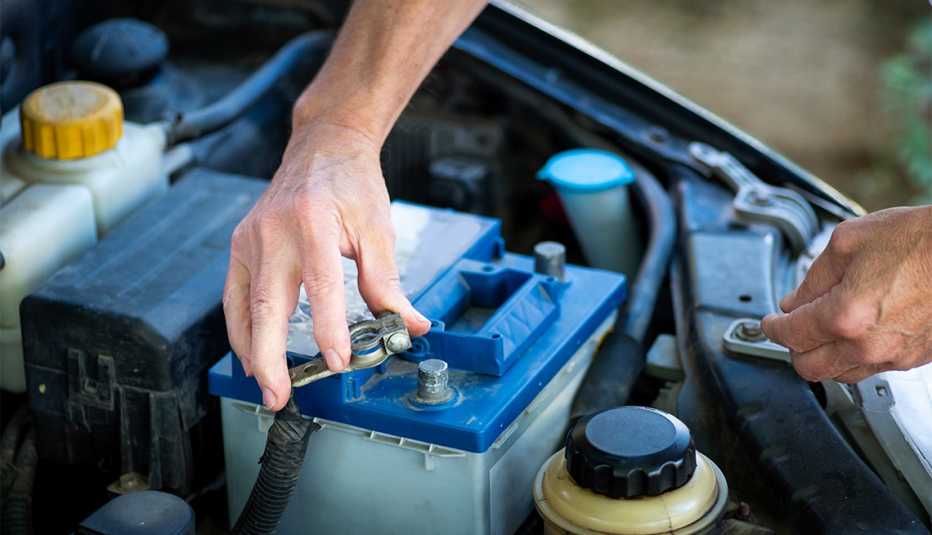AARP Hearing Center
Winter conditions can wreak havoc on your car. That means your automobile could likely use some sprucing up as the weather gets warmer. After being coated with salt, slush and sand, a car's exterior requires attention, and many parts and systems need some love, too.
"Doing preventative maintenance will improve the performance, lifespan and safety of your vehicle's most important parts. It's also going to help ensure you don't have a breakdown at an inconvenient time or place,” says David Bennett, 52, manager of repair systems at American Automobile Association's national office in Heathrow, Florida.
To get your vehicle road-trip ready, here are some things you can do on your own and what you should hand off to the pros.
Do some DIY detailing
Spring car tune-ups are no joke to stand-up comedian Shaun Eli, 59, who has been doing his own car maintenance since he was in high school. Eli keeps his car in top shape because pre-pandemic, he spent a lot of time on the road driving to comedy gigs from his home in New York City.
Eli starts his spring tune-up by washing off winter's leftovers, including the salt that can corrode the metal on your car. Deep-cleaning your vehicle top to bottom, inside and out — also called detailing — can be pricey at $100 or more, but you can do it yourself easily.
First, hose down the exterior, spraying underneath the car and into the wheel wells, getting as much dirt and salt off as you can.
Using car-washing soap or mild dish soap and a wet sponge, wash the car's exterior from the top down. Dry the car thoroughly, and then apply automotive wax with a soft cloth to protect the finish.
"I'm a big fan of using Rain-X on the windshield; it's helpful when driving in the rain because it coats your windshield so the rain blows right off when you're moving,” he says.
Once you're done with the exterior, tackle the interior. Because salt can erode your car from the inside out, especially after months of winter boots tracking granules inside the vehicle, it's important to thoroughly clean it out. Remove the floor mats and hose them down, leaving them outside to dry.
"If it's been awhile since the carpet has been shampooed or vacuumed, make sure to do that,” advises Bennett.
Wipe down the seats, steering wheel and dashboard with a damp rag, and clean the insides of your windows, too. But never open the hood and hose off the engine, warns Bennett.
"You can wipe the engine area down with a rag, but spraying it to remove all the sediment is not a great idea,” he says. “There are way too many electrical components under there that could be damaged.”
Inspect wiper blades


Windshield wiper blades work nonstop during snowy, slushy, icy months. Since more than 90 percent of your driving decisions depend on what you can see, it's important that your wiper blades work well.
"Run a wet paper towel over them a few times to clean them, being careful not to cut yourself on any metal edges,” suggests Eli.
Then, hit the windshield wiper fluid and see how the sprayers are working, suggests Mollie Lewis, 51, a certified ASE Master Automobile Technician and owner of All in the Wrist Auto and Diesel Repair in Albuquerque, New Mexico.
"If you get a lot of streaks or noise, that means the rubber is torn off, and you'll need a wiper change,” she says.
Don't forget to check your back windshield wipers, too.
Top up fluids
While the car is cool, open up your hood and check the engine oil, brake fluid, transmission, power steering and engine coolant levels. You can find instructions in your owner's manual or find DIY information online.
"Follow the manufacturer's recommended maintenance schedule for when to change those out and get those fluids topped off as necessary,” says Bennett.
While you're checking the fluid levels, look around the engine compartment to determine whether your belts and hoses are dry or cracked, adds Bennett. If so, they'll need replacing.
Freshen up filters
Dirty air filters can reduce your gas mileage by up to 10 percent: Grime stops air from getting into the combustion chamber, which then prevents the engine from running efficiently, says Bennett.































.jpg?crop=true&anchor=13,195&q=80&color=ffffffff&u=lywnjt&w=2008&h=1154)


































